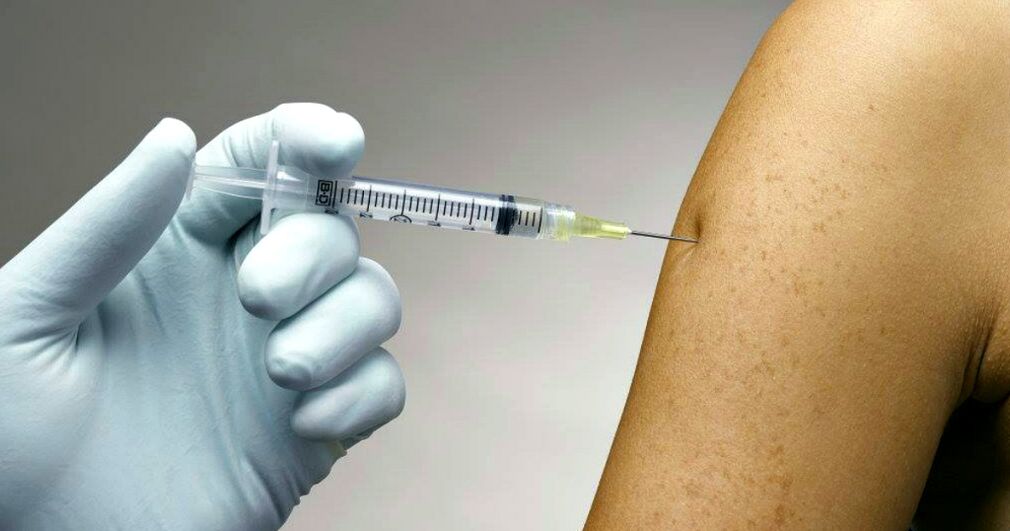
Human papillomavirus (HPV) affects epithelial cells, which have a particle size of 55 nm. One feature is the proliferation of skin epithelium and mucous membranes. In the initial stage, pathogens usually affect the basal cells of the epithelium, penetrating them through minimal trauma. Localized papilloma usually occurs on the skin of the neck, armpits, groin and genitals (most common), oral mucosa, and nasopharynx.
This virus can be asymptomatic for many years. To detect HPV, electron microscopy or molecular hybridization methods are used.
Types of human papillomavirus
In humans, HPV is different, it affects mucous membranes and skin. Among the many papillomaviruses, there are species with low carcinogenic risk and high carcinogenic risk. It has been shown that carcinogenic properties are related to the ability to integrate DNA into the genome of human cells.
The virus is activated in 10-20% of cases. Depending on its type, this can lead to benign or malignant lesions. Some HPVs are not carcinogenic. They cause the appearance of warts and genital warts. The most common are HPV 6 and 11.
HPV oncogenes are those genes that have a high risk of developing cancerous lesions, especially in the cervix or anus. In the skin, HPV 16 and 18 are more common, and HPV 5 and 8 can cause skin cancer. The most famous HPV-induced cancer is cervical cancer. But men can also be infected with papilloma virus, which can lead to penile cancer or anal cancer in the worst case.
Women often face HPV 16-this is a form of endosomal parasitism that is observed in cells that are extrachromosomal (benign). HPV 18 is characterized by a high risk of developing a tumor-first, it forms a benign tumor, which degenerates into cancer after a period of time. In this case, the virus particles are small (up to 30 nm).
Various types of HPV infection can cause:
- Cervical tumors;
- Invasive or invasive oncology;
- Condyloma acuminata of the urinary tract and genitals.
Ingestion of pathogens into the body does not always cause disease. It all depends on predisposing factors: increased sexual activity, vitamin deficiency, pregnancy, hypothermia, endometriosis, smoking, alcoholism, etc. It should be noted that viral infections can occur even in organisms with a good immune system.
Infection characteristics
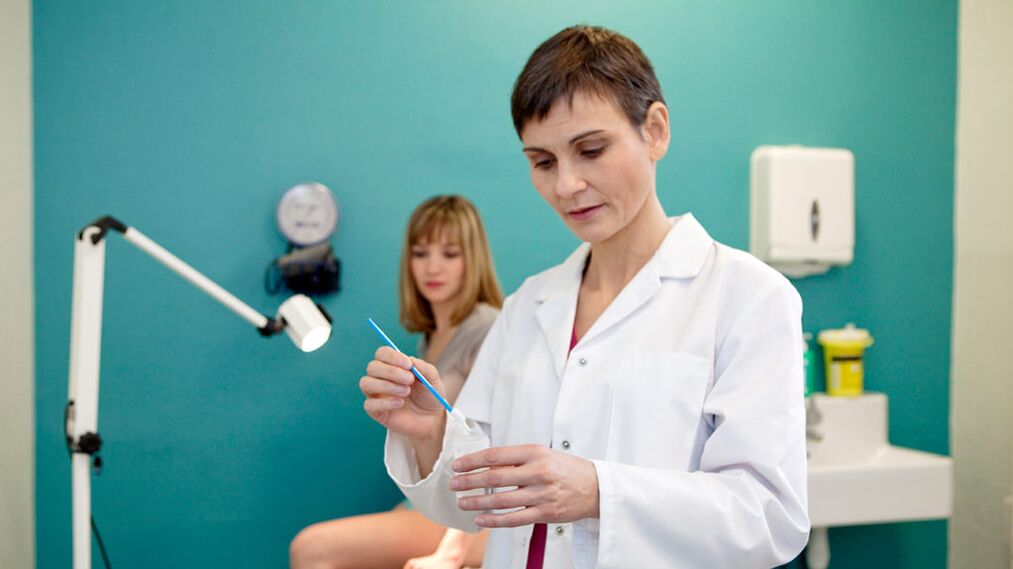
Human papillomavirus is highly contagious. It is usually spread through direct contact with an infected person, skin-to-skin or mucosal-to-mucosal contact. In genital infections, this most often occurs during vaginal or oral sex. Large numbers of sexual partners or other STIs (sexually transmitted infections) increase the risk. Indirect transmission through objects, contaminated clothing or bedding is also possible, but it rarely occurs.
In 7% of cases, when the infection is active, the virus will be transmitted from mother to child during childbirth. If you are infected with HPV 16 or 18, the risk increases to 40%.
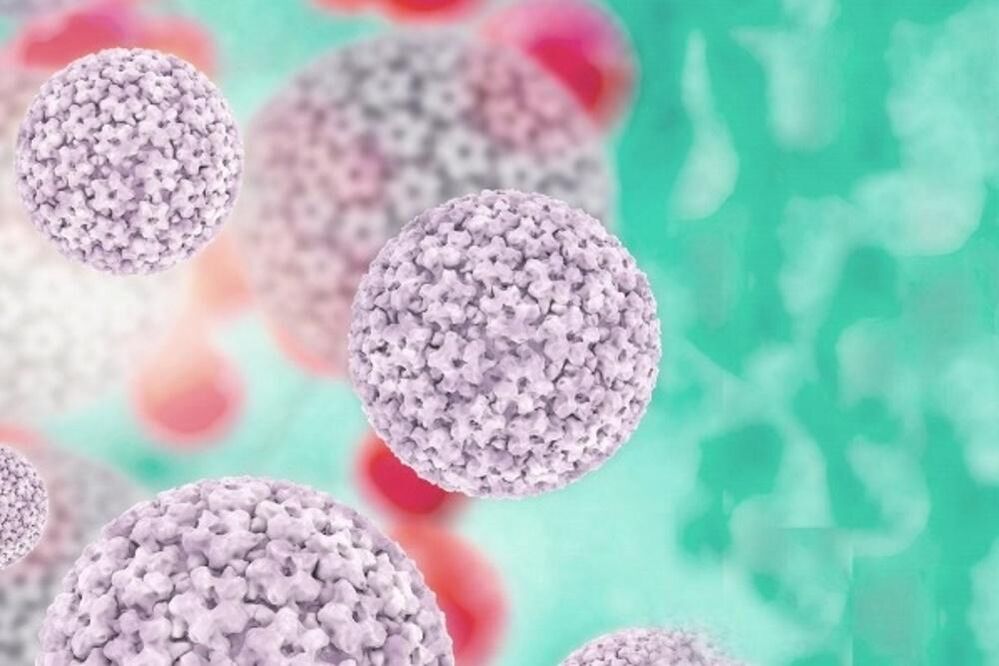
Penetrating the epithelium and destroying integrity, papilloma virus infection promotes the growth of lower epithelial cells in the form of warts or warts. This form of disease is contagious and spreads quickly to others. Generally, warts and condyloma acuminatum do not cause metastasis and usually disappear spontaneously.
HPV symptoms
The incubation period is as long as 9 months (average 3 months). HPV can be present in the body without obvious symptoms. The virus may go undetected for months or years. Even at this stage, it is contagious.
Skin warts usually appear in clusters and increase with scratching. The two most common forms of papilloma are gray, hard, raised, and cracked on the surface (normal warts) or flat and red (flat warts). Pointy warts are found on the soles of the feet or on the heels, growing inward, so they are often painful.
The pathogens of condyloma acuminata occur in wet and warm parts of the body, so they are located on folds and mucous membranes. They can cause symptoms such as itching or burning. The incubation period of genital warts, that is, the time from infection to onset of symptoms, ranges from 3 weeks to 8 months.
There are many forms of condyloma acuminata caused by different pathogens:
- Condyloma acuminata. Pale or reddish nodules, often appear in clusters, appearing in the labia, vagina, penis, urethra, anal canal, and rectum. They are highly contagious.
- Flat warts. They appear in the form of flat knots, mainly on the female reproductive organs. They increase the risk of cancer.
- Giant warts (Buschke-Levenshtein tumor). They grow into huge formations, destroying surrounding tissues. In rare cases, they can degenerate and cause squamous cell carcinoma.

Mucosal infections of the upper respiratory tract are also possible. The conjunctiva of the eye may be affected, causing pink stems to grow. It is more difficult to detect the asymptomatic course, and the doctor can only see the asymptomatic course with the help of auxiliary tools (such as acetic acid (which causes the warts to discolor) or a microscope).
In addition, the virus can also reside in the cell without any tissue changes. Then they talked about latent infection, that is, the pathogen is present but there are no symptoms. After infection, this stage can last for several weeks to several months.
Possible consequences
When infected, the virus penetrates the skin and mucous membrane tissue cells, settles in the nucleus of the cell structure and multiplies there. Usually, this HPV infection is ignored and heals on its own without any consequences, because the immune system successfully fights the pathogen.
However, some HPV types can cause skin changes, namely growth. Possible forms include genital warts or warts and papillomas, which can affect, for example, the face, arms or legs.
The resulting tissue changes are mostly benign, but they can also degenerate and cause cancer. For example, cancer may occur decades after HPV infection. Cancers of the female external reproductive organs (vulvar and vaginal cancer), anal cancer, penile cancer and oral cavity cancer (head and neck cancer) are also possible.
Establish a diagnosis

As part of a preventive visit to a gynecologist, women are tested for HPV infection. During the gynecological examination, the swab is taken from the inner wall of the cervix. This is called the Pap test (cytological examination). Check the tissue changes of the obtained material to determine precancerous lesions.
Alternatively, HPV testing can also be performed, that is, certain virus tests are performed on cell material from mucosal swabs or tissue samples in the laboratory. However, this can only prove infection in the affected area, and cannot make any statement about whether tissue changes have occurred. Therefore, HPV testing is meaningful, especially when combined with the Pap test, which can help detect cancer precursors at an early stage.
If the test result is positive, this is not a cause for concern, because infection does not always cause cancer. It is recommended to check regularly and detect organizational changes early. Conversely, a negative test result does not allow us to assert whether there were infections that the body successfully resisted in the past.
For men, there is no preventive checkup with regular tests. If there is a corresponding cancer, examining the tumor can determine whether HPV infection is the root cause of the cancer.
Specialized DNA technology is also used for laboratory diagnosis, such as real-time PCR. Anogenital warts caused by HPV types 6 and 11 are easily detected during pelvic examination.
How to cure human papillomavirus
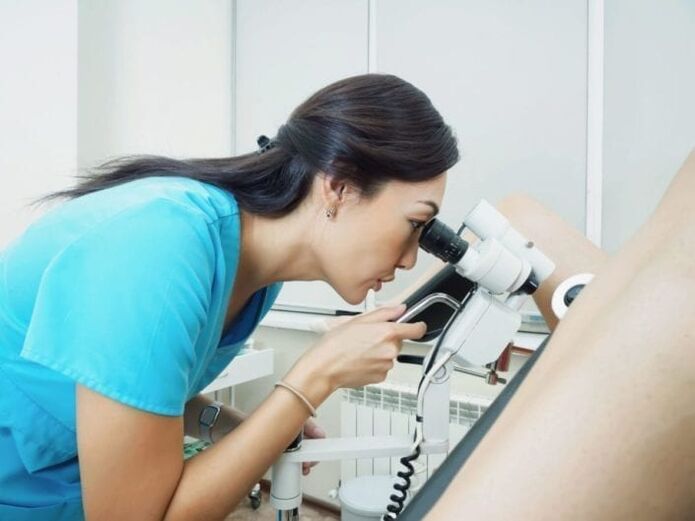
In most cases, this disease does not require treatment because it will go away on its own and then the virus will no longer be detected. However, if this is not the case, the infection may last longer and last for months or years.
So far, there is no way to have a systemic impact on this virus, so it is possible to completely destroy it. However, treating the resulting warts will reduce the number of viruses, so in many cases, the immune system can fight other viruses to get rid of them. In some cases, the pathogen will survive and cause symptoms over and over again.
The treatment strategy depends on the type of HPV and related pictures of the disease:
- Plantar and genital warts can be treated with topical salicylic acid preparations.
- Cryotherapy is also a method commonly used to treat HPV. In this case, use liquid nitrogen to burn off the wart with cold.
- Laser or electrocautery are equally applicable methods.
Due to the high frequency of recurrence, it is recommended to check yourself regularly and use condoms even a few months after the lesion disappears to avoid infecting sexual partners.
For HPV cancer, treatment is much more difficult. In cervical cancer, it is usually recommended to remove the uterus, upper vagina and ovaries separately. This can be supplemented by radiation therapy to rule out the possibility of recurrence. Other cancers caused by HPV are most often treated with targeted therapies, such as radiotherapy or chemotherapy.
It should be remembered that surgery is not a fundamental solution, but only a cosmetic problem, because the virus will remain in the surrounding tissues after removal, and warts may reappear.
prevent an infection
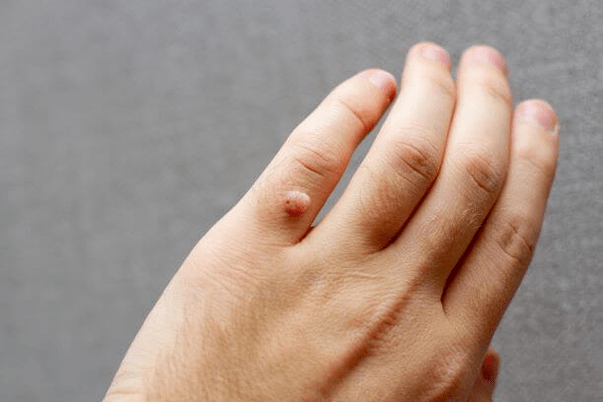
There are two vaccinations: bivalent HPV 16 and 18 and quadrivalent HPV 6, 11, 16 and 18. It is recommended that all young girls aged 14 years and older be vaccinated.
Vaccination does not prevent all types of HPV. Therefore, it is recommended that all women between 25 and 65 years old, even if they have been vaccinated, should have regular smear checks.
Timely detection and complete removal of condyloma acuminatum can reduce the risk of disease. The effectiveness of using condoms to prevent the spread of infection can significantly reduce the risk of this disease. The most promising way to prevent and treat the initial stage of the disease caused by this infection is a specific multivalent vaccine.













































































